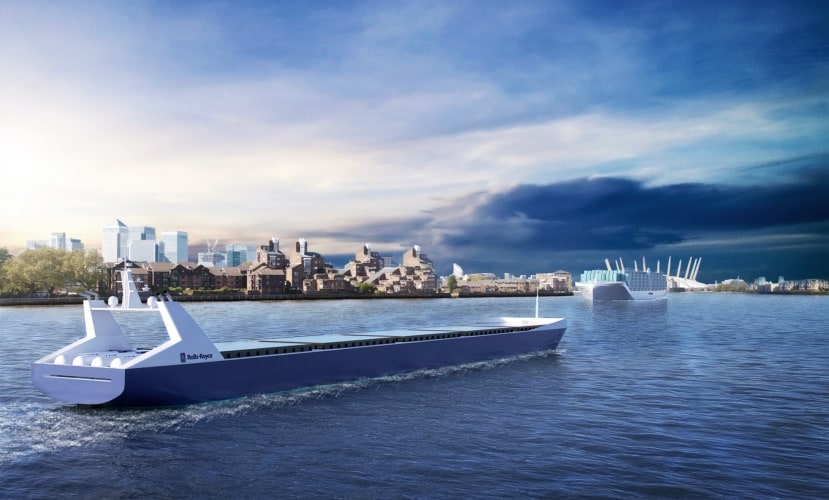We’re becoming used to the idea that machines the move don’t necessarily need people to control them. While driverless cars are still in the future, we have a pretty good idea of how they’ll work and under what circumstances. Pilotless aircraft are an established technology now and seem set to spread further. And as our cover feature in this online issue explains, autonomous ships, while not as developed as the other unmanned transport technologies, are well into development and seem certain to join the stable of self-piloting vehicles.

As our feature explains, technology isn’t the only developing area for autonomous ships. Regulations also have to be developed, both to ensure the safe operation of these vessels and to give their operators a sound legal framework for their business. Issues such as liability need to be resolved; while on the technology front, security is an important issue; crewless ships need to be safe from hackers and pirates. But the absence of a crew could be distinctly advantageous; without the need to support people on-board, naval architects could adopt simpler designs without the need for drinking water, galleys, toilets or crew quarters; and ships could be operated to maximise fuel efficiency. Autonomous shipping could work out cheaper than today’s crewed ships.
Elsewhere in the issue, this month’s interview feature looks at the technology that might replace the trackpad, touchscreen or mouse as the way we operate our computers and smart devices: eye-tracking. A device that can detect when it’s being looked at can, to an extent, read our thought; or as the technology’s inventors say, it can derive your intention from your attention. As well as forming the basis for human-computer interface, it can also help analyse shop displays and transport signage; provide a ‘third hand’ for some systems, make driving safer, and help handicapped people interact with their worlds.
We’re also taking a look at what’s so far been a bit of a missing link in the fast-developing field od additive manufacturing: its raw material, metal powder. This shouldn’t be taken for granted: it has to behave a certain way for 3D printing processes to work effectively, and it has to be recyclable. If you can’t return unused powder to the process for a fresh printing cycle, then you negate the economic advantage of additive manufacturing, which depend on more efficient use of materials than conventional subtractive machining that discards large amounts of metal in cutting and grinding a part out of a blank metal billet.
We’ll be back in print for our September issue, when we’ll be bringing you our full range of features, this time with a focus on defence matters and a look at our recent round table on Industry 4.0. Have a good summer!




April 1886: the Brunkebergs tunnel
First ever example of a ground source heat pump?